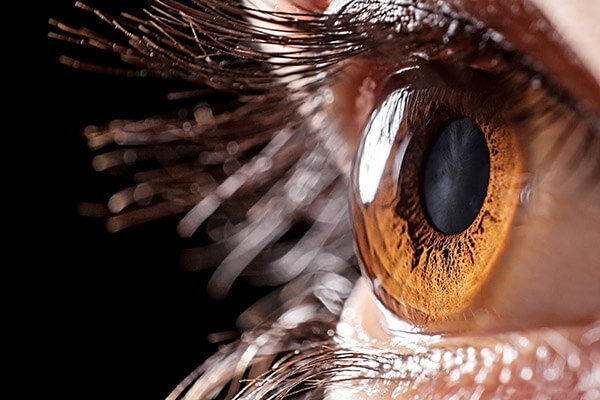
Corneal cross-linking is a medical procedure that strengthens the cornea, which is the clear outer layer of the eye that helps focus light. The surgery, also known as CXL, is performed to treat conditions in which the cornea has become thin and irregularly shaped, causing vision problems.
Corneal cross-linking involves the application of a combination of riboflavin (vitamin B2) and ultraviolet light to the cornea. The riboflavin is absorbed by the cornea, and when exposed to the ultraviolet light, it creates new corneal collagen fibers bonds, strengthening the cornea and preventing it from further shape changes.
Patients with early stage keratoconus or corneal ectasia (a condition in which the cornea becomes thin and irregularly shaped), are typically good candidates for corneal cross-linking. Patients with a history of corneal disease or prior eye surgery may not be eligible for the procedure.
Corneal cross-linking is performed as an outpatient procedure and typically takes less than an hour to complete. The eye is numbed with anesthetic drops, and the riboflavin solution is applied to the cornea. The ultraviolet light is then directed at the cornea for a specific amount of time to activate the cross-linking process.
Overall, corneal cross-linking is a safe and effective procedure for treating conditions such as keratoconus and corneal ectasia. If you are experiencing vision problems or have been diagnosed with a corneal condition, schedule an appointment at Cutarelli Vision today to speak with an eye doctor to determine if corneal cross-linking is right for you, or if another procedure is a better option.
Dr. Cutarelli was the first LASIK surgeon in the Denver area to offer his patients All-Laser LASIK - utilizing the most exciting combination of technological LASIK advancements, delivering the best possible visual outcomes and the sharpest laser vision correction possible. Cutarelli Vision is a leader in LASIK surgery in Colorado. People travel from across the country to receive our expert care. If you're seeking world-class LASIK - Cutarelli Vision is your destination.